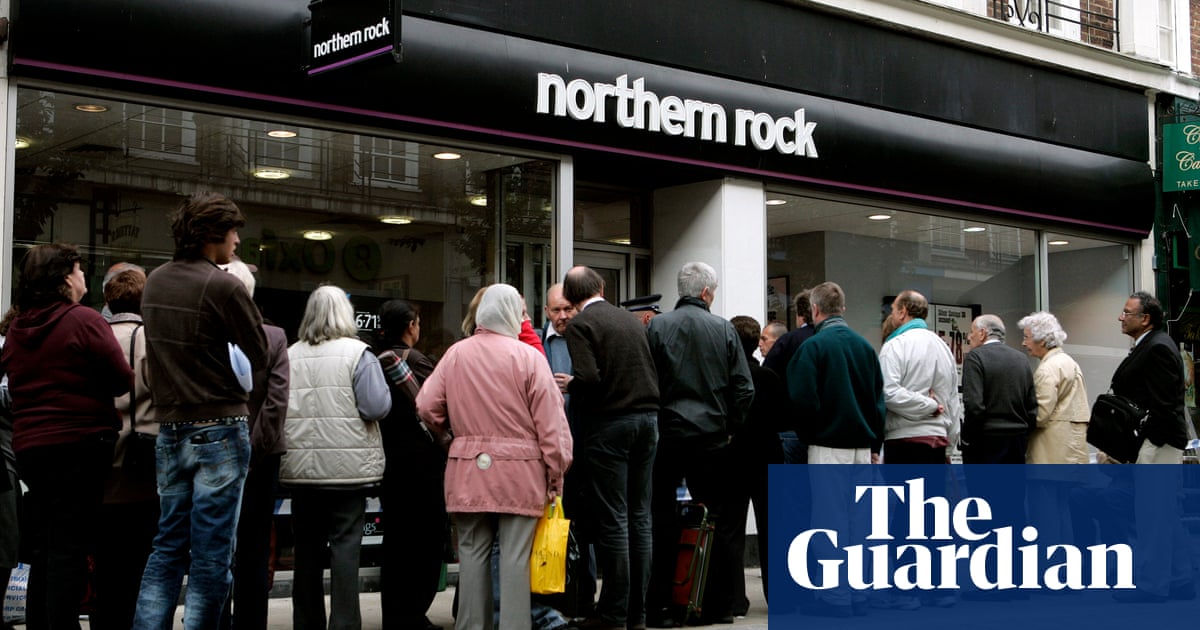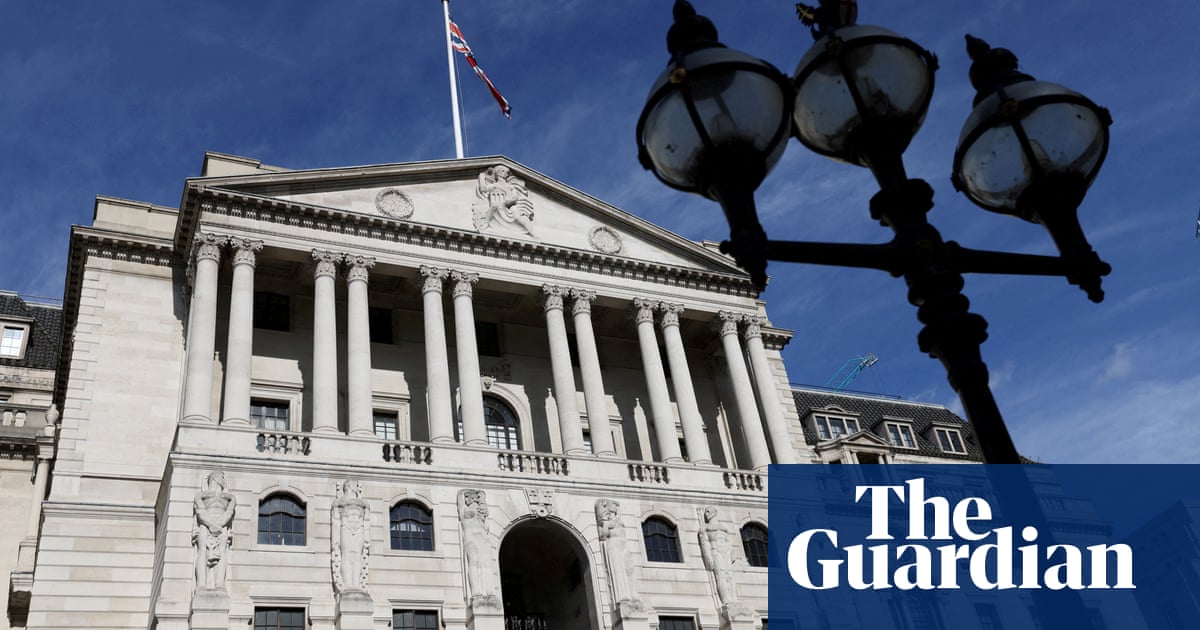
When Andrew Bailey revealed in a speech that the Bank of England was working on updating Britain’s deposit insurance guarantee scheme, which gives government protection on savings up to £85,000 in the event of a bank run, it was with one eye on the recent shocks, and the other on events from 15 years ago.
Northern Rock, Bradford & Bingley, and Icesave may sound like names from another era, but the memory of what happened in 2007 and 2008 still reverberates around the Bank’s Threadneedle Street offices to this day.
The recent collapse of Credit Suisse and Silicon Valley Bank has brought back some very unhappy memories – situations that central bankers do not wish to find themselves in again.
The last increase in the amount of savings protected under the financial services compensation scheme (FSCS) was in 2010. Bailey has, this week, made the case for increasing it from £85,000 – noting it is far lower than the $250,000 (£200,000) offered in the US.
Up until the 2007 collapse of Northern Rock, when panicking customers queued outside branches in a desperate attempt to take out their savings, the FSCS only promised to repay 80% of the first £35,000 held in a failed bank or building society.
At the time, to prevent a possible riot, the government was forced to guarantee that no saver would lose out from Northern Rock’s failure. The FSCS would in future guarantee 100% of all savers deposits up to the £35,000 limit.
However, an even bigger test came a few months later when the much larger Bradford & Bingley collapsed. Plenty of older customers, in particular, had far larger sums than £35,000 in their accounts – money they were relying on to pay for their retirement. Having bailed out Northern Rock, it was unthinkable that B&B savers with more than £35,000 would lose out.
To save the day, the government in effect nationalised B&B and forced the savings division on to what was then Abbey, and is now Santander. Through a series of payments behind the scenes, all of the savers’ money was protected. The FSCS limit was soon afterwards increased to £50,000 with 100% of deposits covered. The cost to FSCS of B&B’s failure was £15.65bn.
But just as that crisis had been averted came the news that the Icelandic banking system was in deep trouble. Millions of UK (and Dutch) savers, and a number of councils and other public bodies, had millions of pounds tied up in Icesave, the online savings division of Landsbanki, a bank that could no longer meet its liabilities.
Within days it became clear that savers were in effect relying on the Icelandic compensation scheme – a scheme that had no hope of covering their losses. For a third time, the UK government was forced to step in, with Britain’s FSCS handing over £1.4bn.
These were just the big names that failed around 2008. A host of smaller lenders also collapsed and their savers were in turn bailed out. By the end of the financial crisis, the FSCS had, if effect spent more than £20bn rescuing the savings of millions of citizens.
The crisis prompted a complete reordering of the City, and the requirement for banks to ringfence their deposits. In 2010, the FSCS protection was increased to £85,000 to bring the UK in line with European standard that set the minimum compensation at €100,000 (£88,000). And this is where it has remained ever since.
While most savers will not ever get near that level of savings, a surprising number of older people often have in excess of that sum in their accounts. The 2008 crisis turned a lot of people away from investing in shares, and led many to conclude they would rather keep their money in cash. Anyone selling a house or other significant asset can easily have more than £85,000 in their account at any one time.
When Bailey says the compensation scheme limit has to be looked at in the face of Silicon Valley Bank’s collapse, what he is really saying is that the UK cannot go through this again.












